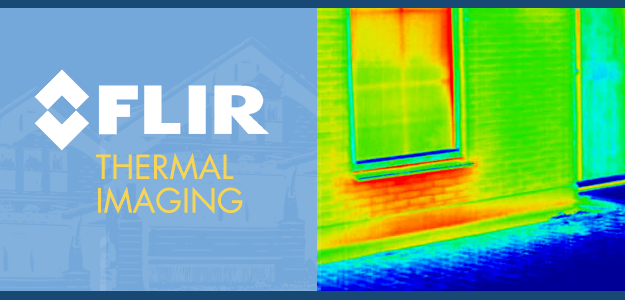The Destructive Capabilities of Ingress

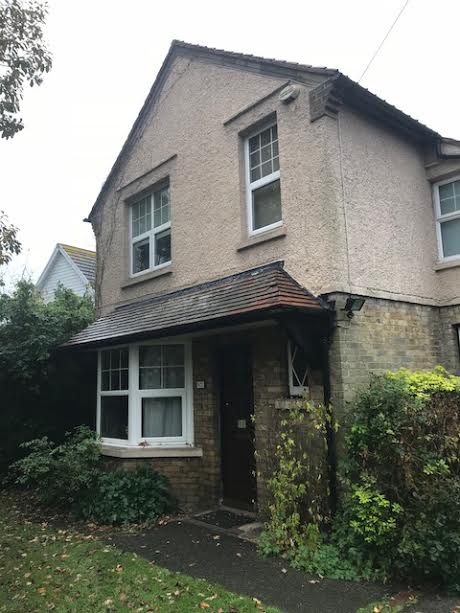

Definition of Ingress
(ɪnˈɡrɛʃən)
Origin: From Latin ingressus, from ingredī to go in, from gradī to step, go.
Context: Building / Property.
noun 1. Terminology often referenced in archaic text relating to renovation. The permeation of porous materials generally applicable to construction. 2. Moisture content pervading said materials via an external source specifically in the following instances a) Through concentrated moisture content below ground level b) As a direct result of external porosity c) From a leak such as faulty drainage, either above or below ground level. Example: “the joints are sealed against the ingress of water”
Alternate Definition: The action or fact of going in or entering; the capacity or right of entrance.
Synonyms: seepage, leakage, inundation, inrush, intrusion, incursion, entry, entrance.
The Oxford English Dictionary © 2013


Why ? Because water has the potential to incrementally erode stone, concrete and brick.
Over time, water can degrade iron and steel until it’s weakened by rust and ultimately dissolved.
The materials of which your property is constructed are all fundamentally elemental.
When an ingress permeates the essentially porous fabric of brickwork, blockwork, timber and plaster, the outcome will always be deterioration and the gradual destruction of structural integrity.
There are no quick-fix options to dealing with an ingress.
There isn’t an all encompassing magic-bullet solution.
Ingress must be rectified at source. The origin is always specific to your property.
When the source of ingress is solved, the damage must be fixed.
This mostly requires removal of affected plaster, tanking of exposed masonry and ordinarily the application of waterproof render.
If you are ever told ingress can be fixed by only drilling holes and injecting chemicals, you are being lied to.
Following an initial inspection, should we confirm ingress is present within your property we will send you a full report and quotation for works that are guaranteed to fix the problem indefinitely. We do not charge for this service and we are not interested in a hard sell.
Our business is entirely reliant upon reputation and our obligation to customers is backed up with a twenty year guarantee.
Above: Rochester Building and Damp surveyor/operative Martin Sykes.
The Importance of Tanking when Rectifying Ingress
“All instances of damp must be assessed on an individual basis. Every occurrence of reported ingress should be considered potentially unique to the property in question”
Although Rochester Building and Damp adhere quite rigidly the guidance above (courtesy of The Linford Group Timber and Damp Guidelines 2010) many years of experience have confirmed that awareness of a template approach is applicable whilst fundamentally remaining faithful to to the published guidance.
A great many methods and products can be used to counteract moisture permeating timber and masonry; an equal number of varied materials can be used to rectify damage caused by an ingress.
Varied chemical DPC products, physical DPC, solvent based membrane coatings and an array of waterproofing additives are all products of equal worth when considering the individual requirements of the affected property.
Below: Representation of internal surface of Drywall at molecular level. Protimeter readings on dry plasterboard remain at approximately 12.5%WME. Residual moisture content retained within dry plasterboard will get broken down into component elements when room is warm, ventilated and has a low atmospheric moisture content. The calcium sulphate dihydrate compound (gypsum) within plasterboard, filters and reacts with water molecules present upon the surface. The hydrogen and oxygen elements within the water molecule are consistently at risk of being broken down by calcium sulphate dihydrate. Observed through an electron microscope, water molecules appear to ‘struggle’ after permeating the plasterboard’s paper surface.

Under laboratory conditions, the effect of sodium on water molecules can be observed through a microscope. After visible agitation of water molecules, the elemental component parts of the H20 have potential to separate.
If a small sample of dry masonry is placed in clean water for an extended period, little will happen.
If sodium is added, the water molecules are agitated to a degree where the presence of the masonry becomes the catalyst for the separation of oxygen. The oxygen molecules pervade the sample of masonry through microscopic porous voids and passages; in essence this effect is not dissimilar to ‘capillary action’ witnessed in biology. This results in sodium crystalising through the masonry if the sample is removed from the solution.
Below Left: Water molecules immediately after the introduction of sodium. Below Right: A singular water molecule. The red orb represent oxygen, with the two rotating white spheres representing hydrogen; hence H20, Hydrogen and x2 Oxygen.

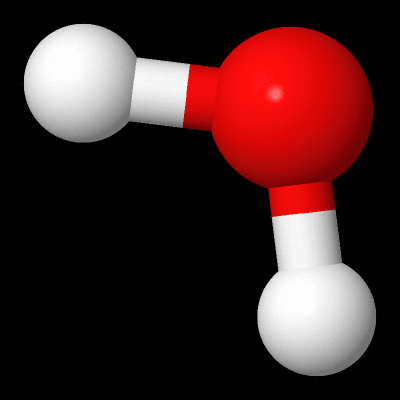
This test is relevant to the understanding of hydroscopic salts, especially in instances where salts are drawn through masonry as a result of an ingress.
Hydroscopic salts visible on external face brickwork are referred to as efflorescence. It’s highly unsightly and as it adversely affects external aesthetics, it can decrease the value of a property by a considerable sum.
The effect can also be observed internally, where salts permeate plaster and can leave walls repeatedly stained, despite repeated attempts at cleaning or painting over.
Perhaps most relevant to rising damp, the ‘salt band’ is a visible line at which ingress dissipates on the internal surface of a damp wall. Hydroscopic salts crystalise across an undulating line on the affected walls.
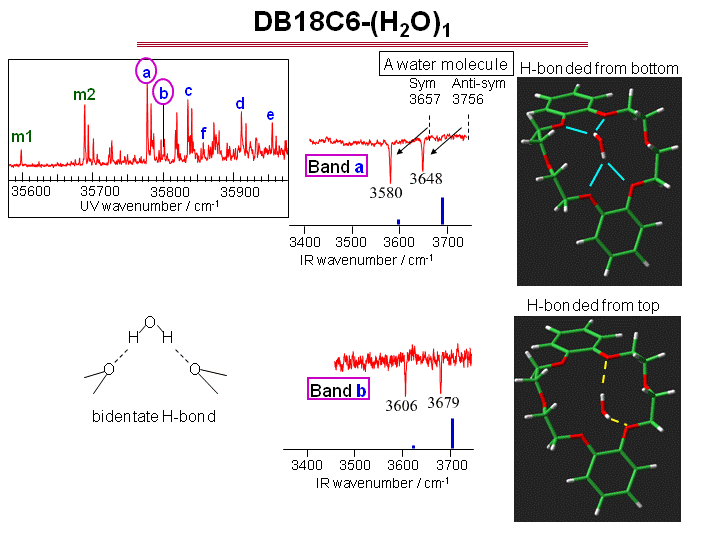
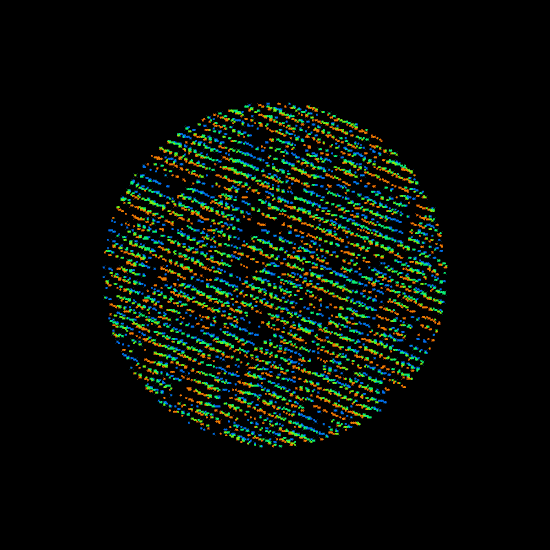
Above Left: Transmission electron microscope readout (Gatan Microscopy Suite® GMS) for internal surface of new build property, 18 months after construction. Above Right: Water molecule magnification x 100,000. Images have been sped up in gif format to illustrate pattern of movement.
The term ‘rising damp’ can be considered self explanatory. Concentrated moisture content below ground level rises through the footings and permeates the masonry above. Unless exacerbating factors are present, the resultant ingress will rise to approximately 1200mm on the affected wall. This 1200mm height of disputation is dictated by gravitational pull on the water molecules retained in the masonry. The height may undulate to a degree, but if the ingress is dependent on undisturbed sub-strata moisture, then the approximate height will always remain 1200mm.
Below Left: Laser Scanning Vibrometer (LSV) imaging software illustrating standard 1200mm undulating height of dissipation. Below Middle: LSV imaging instrument readout. Although scanning is vibration based and intended for structural defect and not retained moisture content per se, the science, hardware and software are all relevant and applicable in regard to invasive or highly specific requested inspections. Below Right: Rear and partition wall of dining room; the undulating salt-band line of ingress delineation is visibly obscured by lining paper and several coats of paint.



https://lsvcomand.wordpress.com/
The crystallisation of hydroscopic salts on an internal wall most often occurs under the following conditions:
(i) The internal perimeter wall is acting a retaining wall with external ground level is elevated high above the internal floor height.
(ii) The external wall surface is highly porous and recent pointing or render has been applied.
(iii) There’s an incremental ingress commonly referred to as rising damp in evidence.
Sub-strata sodium content is most prevalent where chalk surrounds the footings. When concrete footings including brickwork/blockwork below ground level are afflicted with ingress, the presence of hydroscopic salts can usually be found leaking from the chalk bed.
Where recent external re-pointing or rendering has been undertaken, the presence of hydroscopic salts internally suggests sand used for external works was tainted.
Below: Accepted artistic representation of limited range of movement for agitated hydrogen elements within water molecule.

“The term ‘tanking’ does not refer to a product. Tanking is a process that forms part of a methodology”
The Linford Group Timber and Damp Guidelines 2010
When tanking walls or a concrete floor, Rochester Building and Damp only use the highest quality approved tanking slurry.
The slurry adheres to the surface of exposed masonry on a molecular level. In effect, the initial and subsequent coats of applied slurry become part of the masonry. When fully hardened, the slurry has a density through which water molecules are unable to pass.
In cases of rising damp or external porosity where hydroscopic salts are present, the tanked wall remains completely resistant to both moisture and salt based impurities originating from either the ground or any other external source.

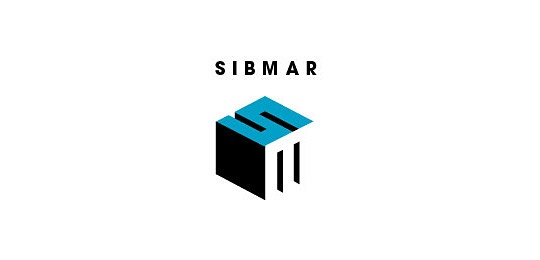

Without doubt modern understanding of rising damp originates only as far back as 1980, specifically derived from a thesis by P.B.Lee (follow link below to download pdf)
In many respects it could be argued that prior to this Doctoral thesis submission, causation of ingress on a scientific level had only been speculated upon.
https://dspace.lboro.ac.uk/dspace-jspui/bitstream/2134/13112/1/Thesis-1980-Lee.pdf
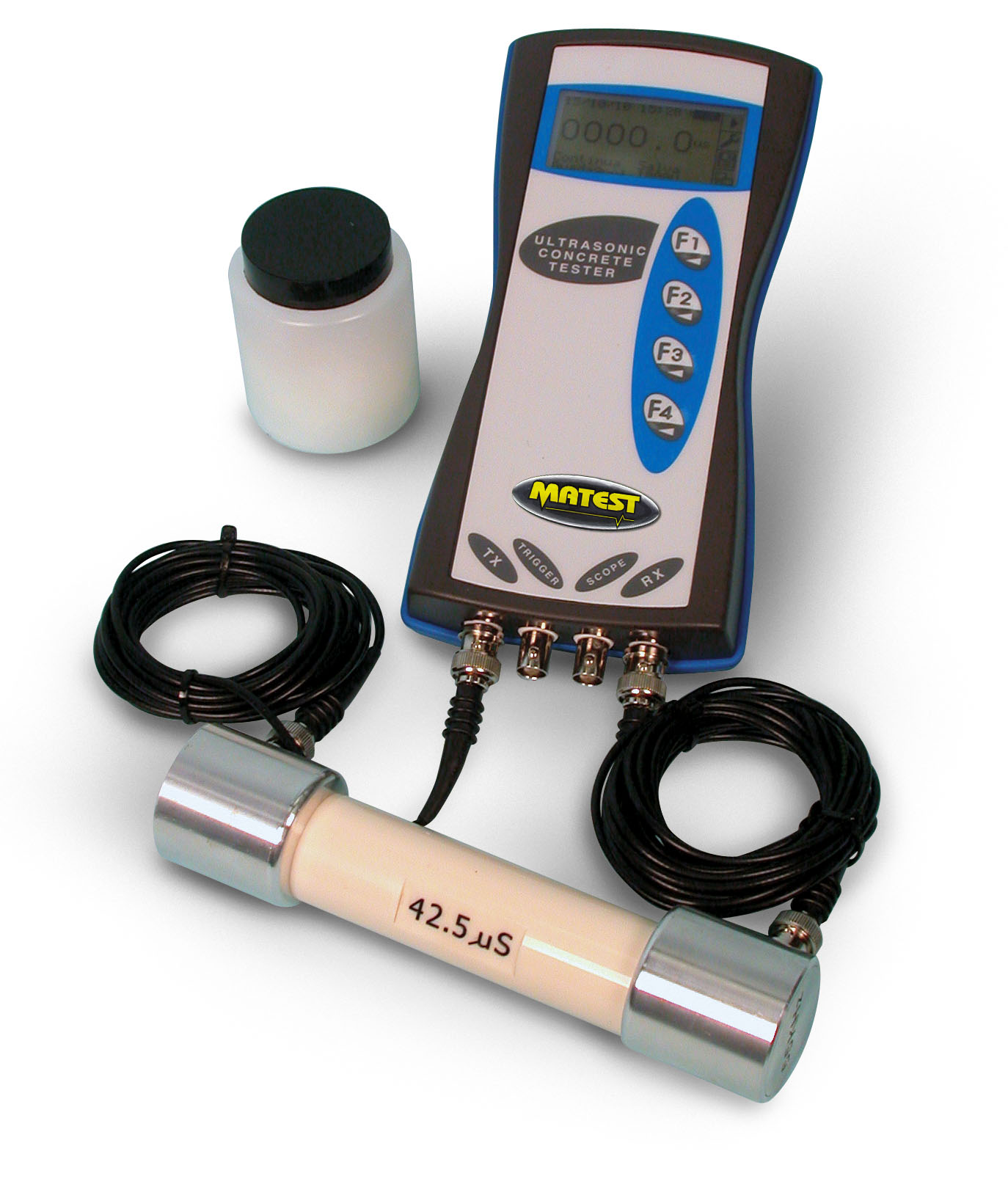 Above: Ultrasonic Pulse Velocity Tester. Used in conjunction with the perimeter, hygrometer and occasionally geophysics equipment. The Velocity tester has remained an integral part of Rochester Building and Damp’s expansive array of technological equipment.
Above: Ultrasonic Pulse Velocity Tester. Used in conjunction with the perimeter, hygrometer and occasionally geophysics equipment. The Velocity tester has remained an integral part of Rochester Building and Damp’s expansive array of technological equipment.
Below: The fish bowl metaphor as illustrated in the Modern Damp Proofing Guidelines 2017 supplemental booklet. The metaphor is highly relevant to Rochester Building and Damp’s own philosophy. It remains our primary objective to ensure the rectification of ingress at source, as opposed to reliance upon internal/external suppression or similar alternate method.


